As Europe advances on a sustainable energy future, the challenge of building clean, reliable and affordable energy systems is both urgent and complex
Success in building a sustainable energy future hinges on collaboration, even more so around the East Med. This was the main conclusion of the Energy Transition Summit: East Med & Southeast Europe summit held in Athens last week,
Even though the share of renewables in EU power generation now exceeds 50 per cent, Europe is experiencing some harsh reality checks:
- Electricity prices are too high – industrial electricity prices in the EU are two to three times higher than in the US and China
- Its electricity grid infrastructure has become a bottleneck to further expansion, requiring €1.4trillion new investments by 2040 to bring it to the required level
- Climate change is impacting Europe’s climatic conditions, with long periods of low wind speeds, reduced sunshine and drought, that are becoming more frequent, requiring gas and coal to step back in, posing a significant challenge to European energy systems and water resources.
These problems will only increase with time. European electricity demand is expected to increase by more than 60 per cent by 2030 due to electric vehicles (EVs), data centres, AI and increasing cooling and heating as global weather becomes more extreme.
The massive blackout in Spain and Portugal in April brought home how insecure our energy systems have become, raising questions about the resilience of Europe’s grid infrastructure. The International Energy Agency (IEA) has pointed out that “systemic challenges will emerge from balancing increasingly renewable-dominated grids during extended low-generation periods.”
The blackout has shown that Europe needs more interconnection, more electricity storage, grid upgrading and more sophisticated technology to manage the network and strengthen its resilience.
The focus has returned to the security of energy supplies and energy independence, both becoming more important than ever and seen as critical to national security.
Voter anger due to high energy prices has been increasing, bringing with it short-termism and a swing to the far right.
The transition to a decarbonised global economy is behind schedule and possibly losing momentum. It is not that it will not happen – but it is unlikely that it will happen by 2050.
These problems were becoming increasingly challenging even before President Donald Trump’s second term. He has simply made it more difficult. With tariffs impacting costs, including of materials, there will inevitably be fallout on energy transition, with harmful effects on low-carbon energy sectors like wind, solar, batteries and EVs. Their supply chains depend heavily on the global trade that is being disrupted by Trump’s policies.
Coupled with these developments, Europe is facing economic challenges and inevitably investment in clean energy is now competing with the need to invest in defence.
These are also problems and challenges that apply to the East Med.
Regional collaboration?
Unlocking the East Med renewable energy potential could be made easier through collaboration among the countries of the region. But this is largely lacking. There is cooperation, but mostly at the higher political level, with no common approaches to shared problems. When it comes to development of resources, countries around the East Med work mostly in silos.

Where this attitude must change is in terms of interconnection. Electricity interconnection with neighbouring countries is important to balance generation and demand. East Med countries must embrace this, but it requires cooperation.
The Great Sea Interconnector between Cyprus and Greece to Europe (GSI), likely to be extended to Israel, is one such project that must be completed despite the challenges it is currently facing.
Indian President Narendra Modi’s recent visit to Cyprus and his strong support of the IMEC corridor, that now includes the GSI, will hopefully give it the boost it needs, despite Turkey’s untenable position and intimidation.
In reality, the world is moving into an age of ‘energy-addition’, where rising energy demand is being met by a combination of low-carbon energy and natural gas. This will require greater investment in new energy systems, especially in electricity grids and energy storage.
If grid and storage limitations are not addressed with a degree of urgency, the expansion in renewables and electricity may be delayed, “stuck in limbo.” Also, the curtailment of increasing amounts of renewable electricity, because of the inability of outdated systems to accept them, will increase.
These are serious challenges hampering the wider expansion of renewables around the East Med.
How the East Med should respond
The key country in the East Med is Egypt, a country facing serious economic, security and geopolitical risks. Its public finances are highly strained, hampering investments in energy and renewables.
Only three years ago, Egypt was seen as a potential regional energy hub aspiring to increase LNG exports to Europe. Following Russia’s invasion of Ukraine, European Commission President Ursula von der Leyen visited Egypt and signed an MoU specifically for that purpose.
But that is no longer the case. Egypt has serious energy shortage problems, forcing it to abandon LNG exports, relying now on LNG imports to keep the lights on. That not only stopped much-needed LNG export revenues, but it is badly impacting the already strained balance of payments. It has fallen into a perilous trap of dependence.
Egypt’s increasing reliance on LNG imports will continue for the rest of this decade, as will a growing need to import gas from its neighbours Israel and Cyprus. Egypt can absorb all East Med gas resources available for export. But concerns about its ability to pay may impact this.
Development of its renewable energy potential could reduce dependence on fossil fuels and enhance energy security. But with its dire economic situation, Egypt must attract international investment, now happening but slowly.
Renewables is one resource that the region has in abundance. It has the potential not only to supply much of the region’s energy needs, but also support exports to Europe. But it is highly underutilised.
Completion of the GSI interconnector could facilitate export of electricity from Cyprus and Israel to Europe through Greece. As will realisation of the GREGY interconnector between Greece and Egypt. Interconnectors can also enhance regional cooperation.
Many European companies have been exploring the feasibility of using renewable energy to produce green hydrogen and ammonia in Egypt for export to Europe. A number of agreements have already been signed for that purpose, but they have some way to go yet, with exports unlikely before 2030. But the potential is there.
Unlocking this potential requires resolution of regional disputes, international financing and reform and strengthening of renewable energy policies and infrastructure. And above all, realistic long-term planning and consistent, realistic and transparent policies and practices.

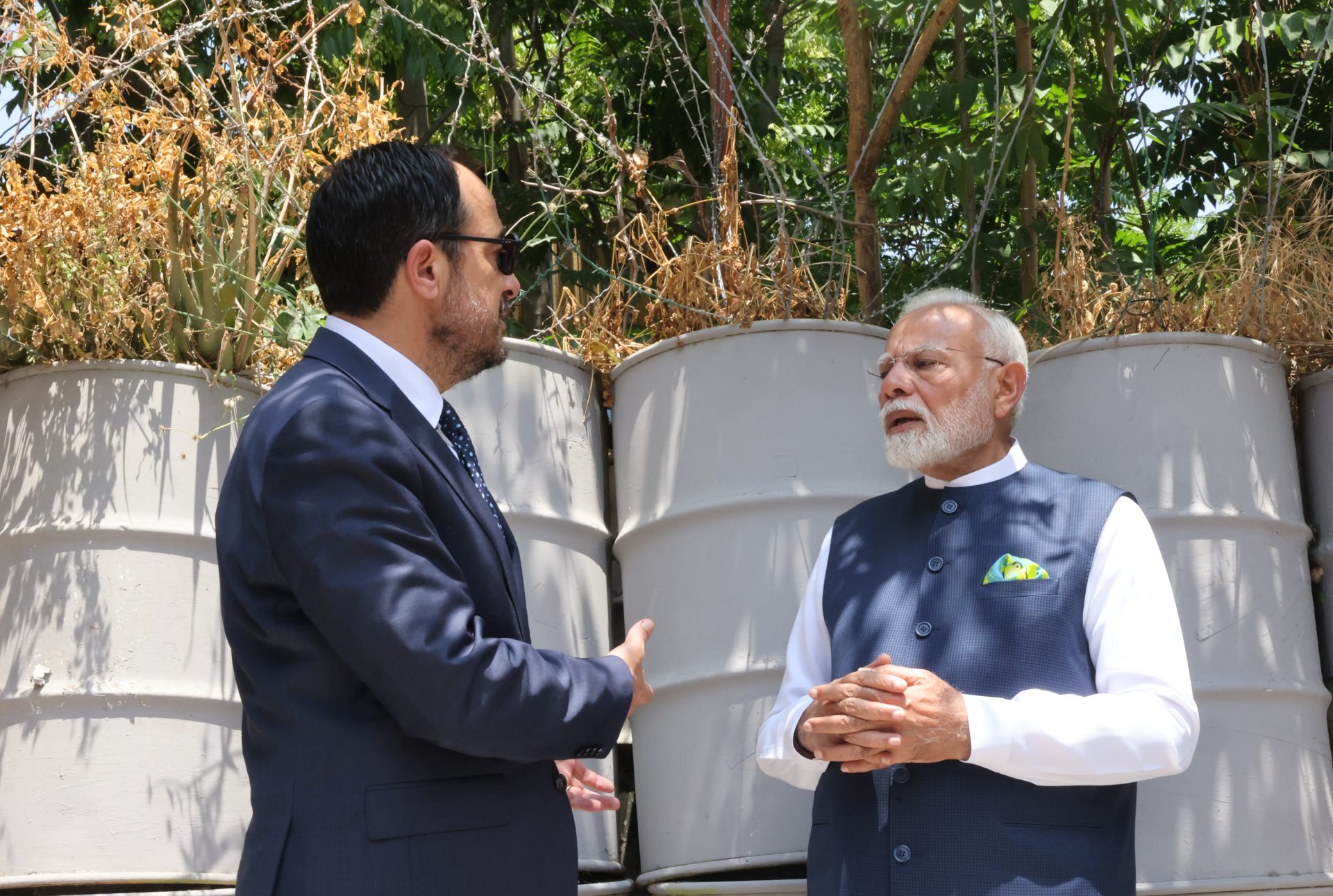
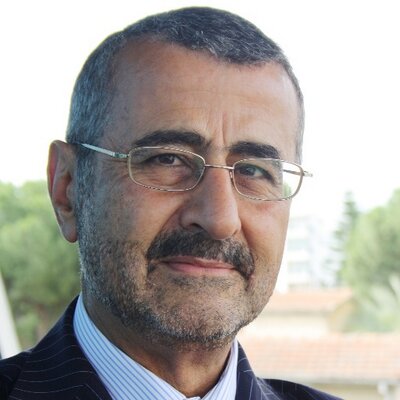
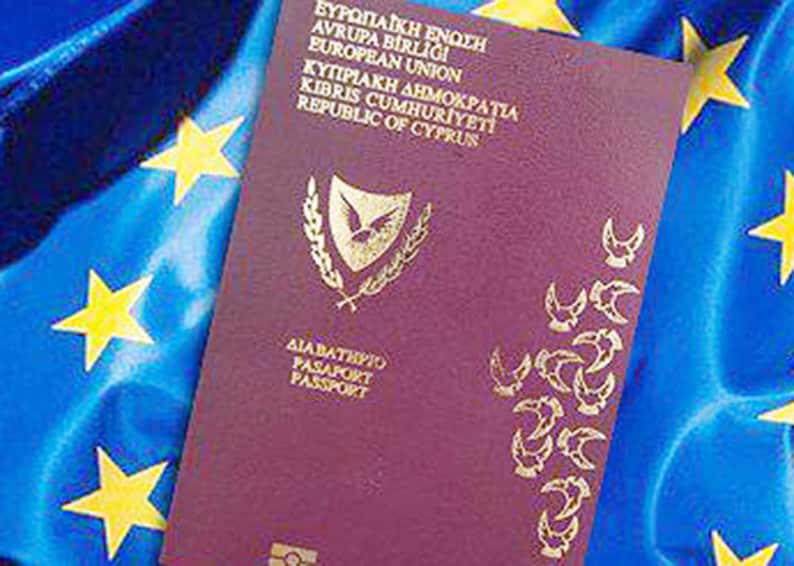
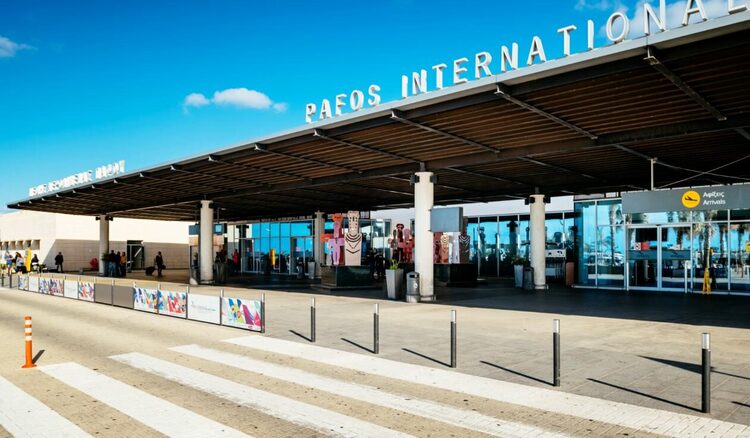
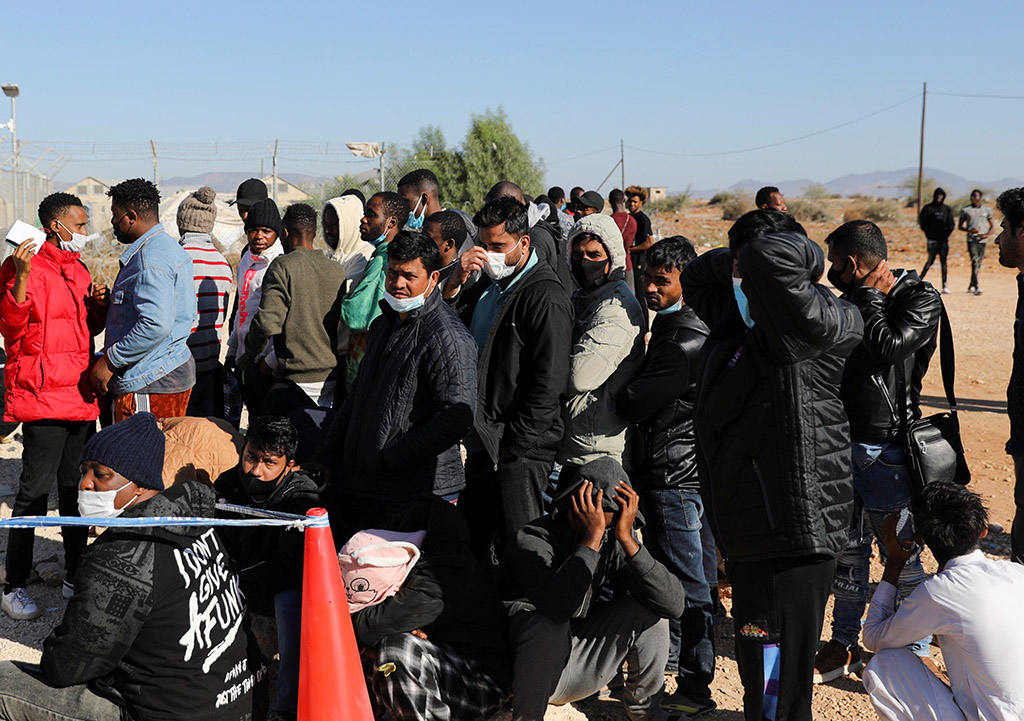
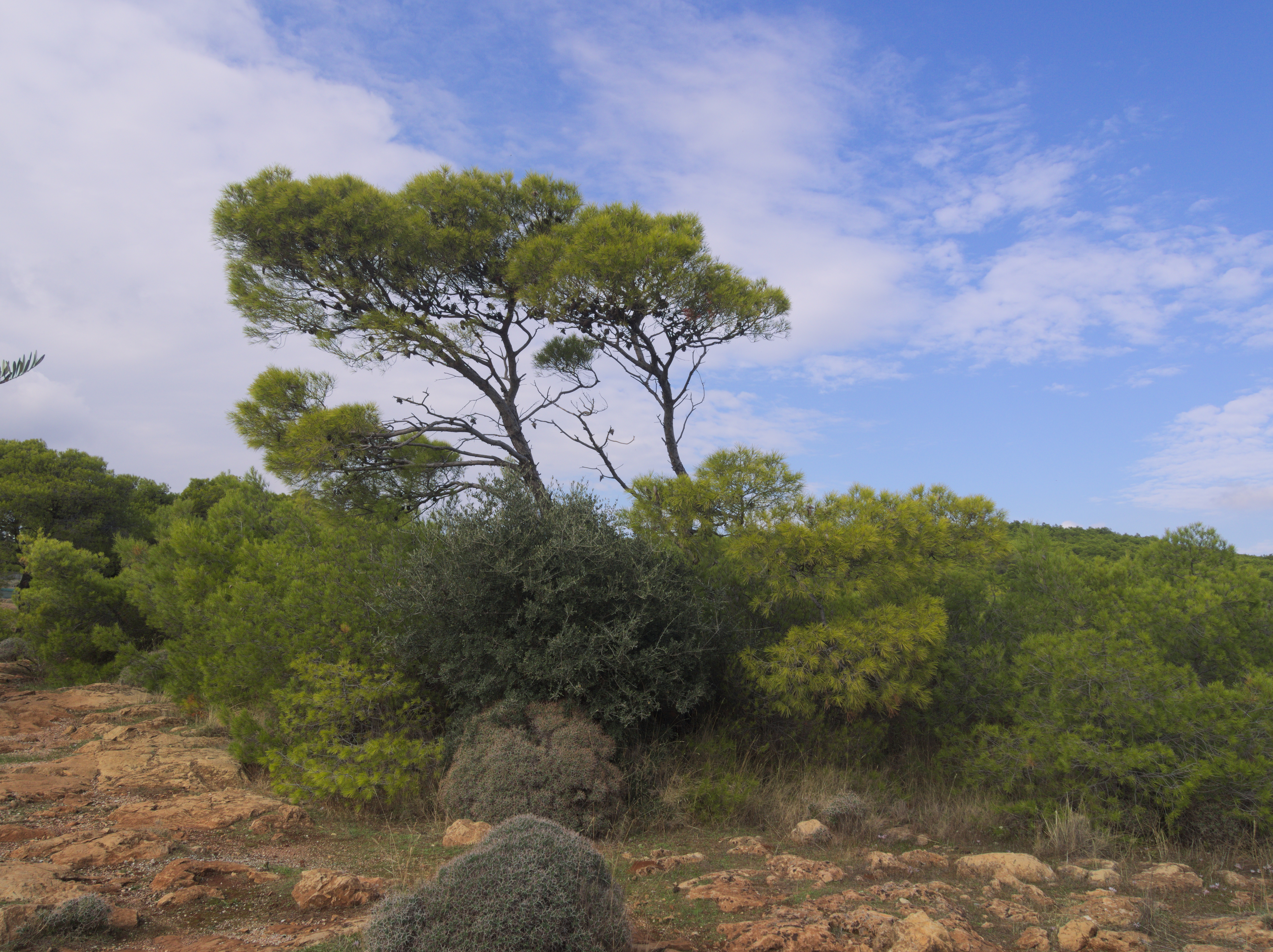
Click here to change your cookie preferences